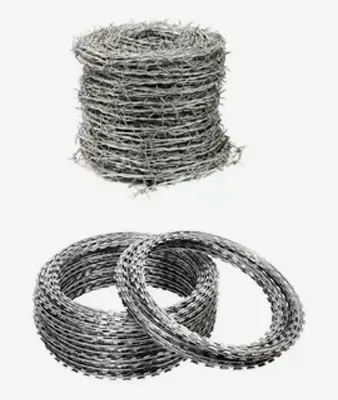common wire nail
Understanding Common Wire Nails A Comprehensive Overview
Common wire nails are a fundamental element in the world of construction and woodworking. Known for their versatility, durability, and cost-effectiveness, these fasteners play a critical role in building structures, furniture, and various DIY projects. In this article, we will explore the characteristics, applications, and advantages of common wire nails.
What are Common Wire Nails?
Common wire nails are made from steel wire, which is drawn and cut into various lengths and diameters. They typically have a smooth shank and a flat head, which helps in creating a strong joint between materials. Common wire nails come in various sizes, usually measured by their length and gauge (diameter). They are generally categorized into different sizes ranging from 2d (1 inch) to 40d (6 inches), with 16d (3.5 inches) being one of the most commonly used sizes in construction.
Characteristics of Common Wire Nails
1. Material The basic component of common wire nails is steel, which provides strength and stability. For enhanced resistance to rust, some common wire nails are galvanized, making them suitable for outdoor applications.
2. Design The design of common wire nails typically includes a flat head, which allows for easy hammering and prevents the nail from penetrating too deeply. The smooth shank aids in quick insertion and minimizes wood splitting.
3. Length and Gauge The size of a common wire nail impacts its holding power and application. Thicker nails (lower gauge) are better for heavier materials, while thinner nails (higher gauge) can be used for lighter tasks.
Applications of Common Wire Nails
Common wire nails are incredibly versatile and can be used in various applications, including
- Framing In construction, common wire nails are essential for framing walls and roofs. They provide the necessary strength to hold wooden beams and studs together.
common wire nail

- Flooring When installing hardwood flooring or subflooring, common wire nails offer a reliable fastening option that can withstand foot traffic.
- Decking For outdoor use, galvanized common wire nails are ideal for decking projects, as they resist corrosion while ensuring strong joints.
- Furniture Making Common wire nails are also used in furniture assembly, enabling woodworkers to create stable and long-lasting pieces.
Advantages of Common Wire Nails
1. Cost-Effectiveness One of the most significant advantages of common wire nails is their affordability. They are widely available and inexpensive, making them a preferred choice for both professionals and DIY enthusiasts.
2. Ease of Use Common wire nails can be easily driven into wood with a hammer, requiring minimal tools and skills. This accessibility makes them suitable for a wide range of users.
3. Strong Holding Power Due to their design and material, common wire nails provide excellent holding power, making them reliable for various construction tasks.
4. Availability They are readily available at hardware stores and home improvement centers, ensuring that users can find the right size and type for their specific needs.
Conclusion
In summary, common wire nails are an essential component in construction, woodworking, and DIY projects. Their characteristics, versatility, and advantages render them indispensable in various applications. Understanding their properties and uses can help both novice and experienced builders effectively complete their projects with confidence. Whether you are framing a house, building a deck, or crafting furniture, common wire nails are undoubtedly a reliable choice for achieving strong and lasting results.
-
Innovations in Razor Barbed Wire Design TechnologyNewsAug.11,2025
-
Roofing Nail Compatibility with Different Metal Roof TypesNewsAug.11,2025
-
Welded Wire Mesh for Rockfall Protection BarriersNewsAug.11,2025
-
Galvanized Wire Corrosion Resistance TestingNewsAug.11,2025
-
3D Fence Solutions Preventing Bird CollisionsNewsAug.11,2025
-
Using Chain Link Fence for Urban Garden SupportNewsAug.11,2025




